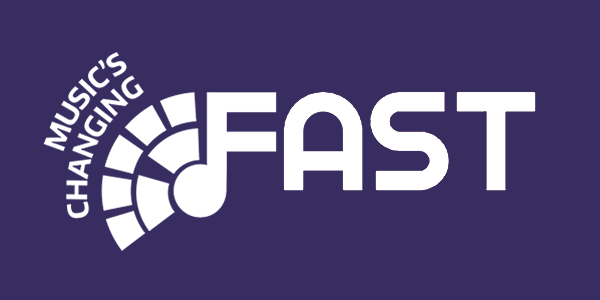#Scanners
Max Wilson & Steve Benford, University of Nottingham
Summary
Novel tech to interact with music in a passive affect loop (how you respond to the music and how the music responds to you)
Description
This project has explored the design space of bio-responsive entertainment, in this case creating a film (including a musical soundtrack) that responds to the brain and blink data of viewers. The project has been carried out in collaboration with our partner the artist group Albino Mosquito. We have created a seventeen-minute long film called #scanners in which four parallel channels of footage are mixed together according to viewer’s levels of attention, meditation and blinking, measured using a commercial brain-computer interface called a Neurosky. The film was presented at a week-long national exhibition at FACT in Liverpool. We examined the experiences of 35 viewers, and found that these forms of partially-involuntary control created engaging and enjoyable, but sometimes distracting, 15 experiences leading us to propose a design space for brain-computer interfaces as part of WT6 (Interfaces). The work has been accepted as a full technical paper for the AM CHI2016 conference.
Publications
Pike, Matthew and Ramchurn, Richard and Benford, Steve and Wilson, Max L. (2016) #Scanners: exploring the control of adaptive films using brain-computer interaction. In: 34th Annual ACM Conference on Human Factors in Computing Systems (CHI’16), 7th-13th May 2016, San Jose, USA.
Pike, M., Ramchurn, R. and Wilson, M. L. (2015) Two-Way Affect Loops in Multimedia Experiences (position paper). In proc. British HCI 2015., 13-17 July 2015, Lincoln, UK
Pike, M., Ramchurn, R. and Wilson, M. L. (2015) #Scanners: Integrating Physiology into Cinematic Experiences. ACM Creativity and Cognition, 22-25 June 2015, Glasgow, UK.



